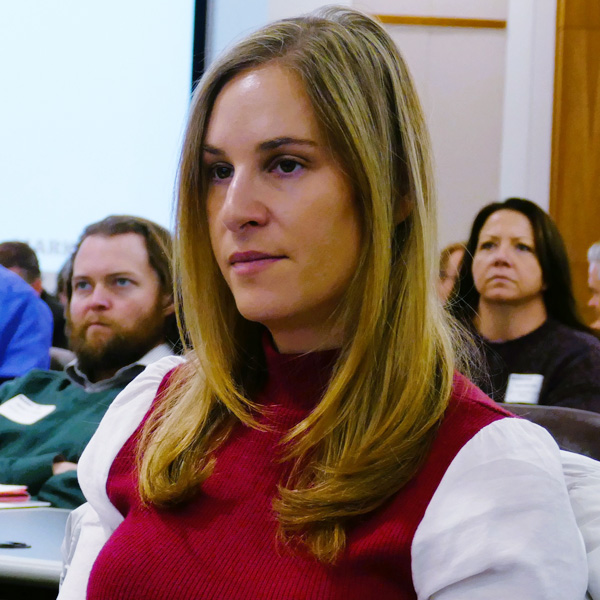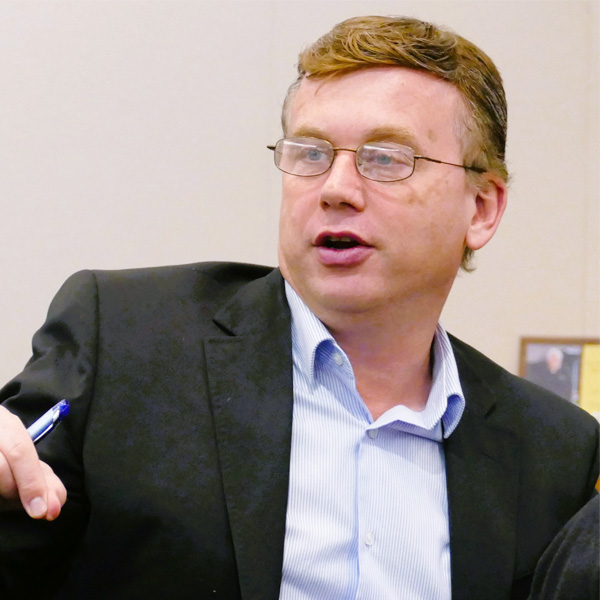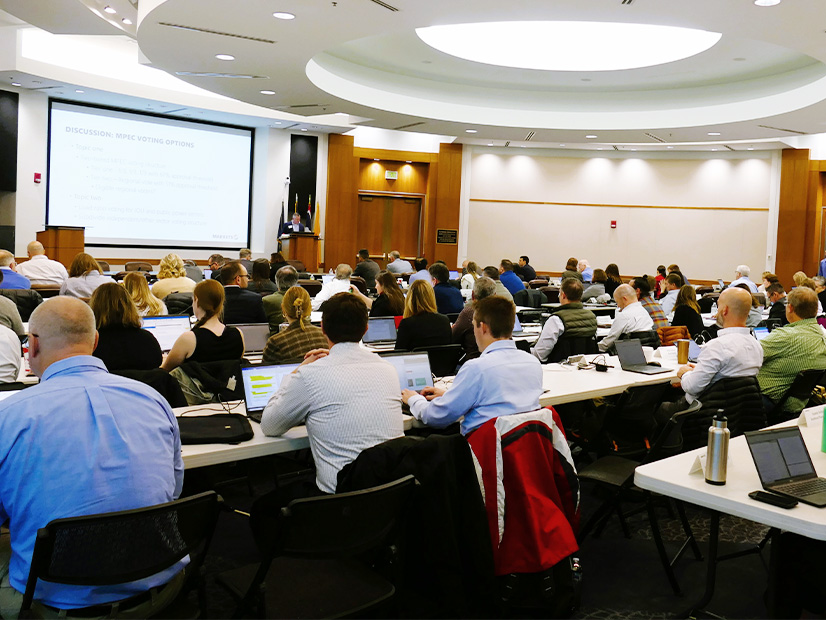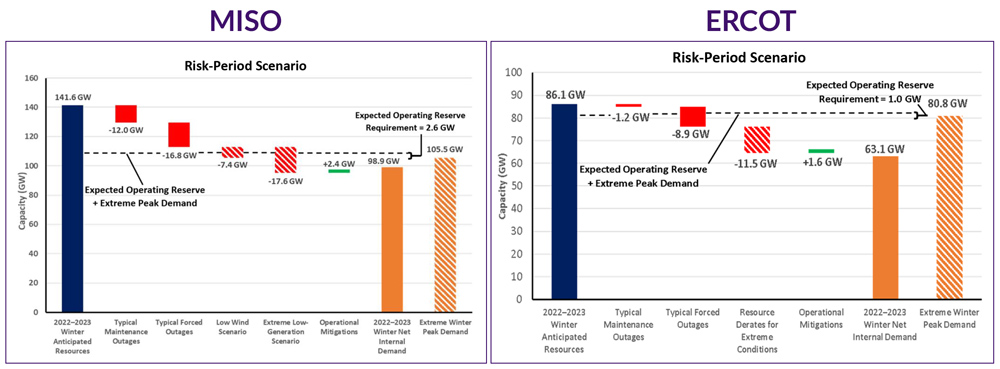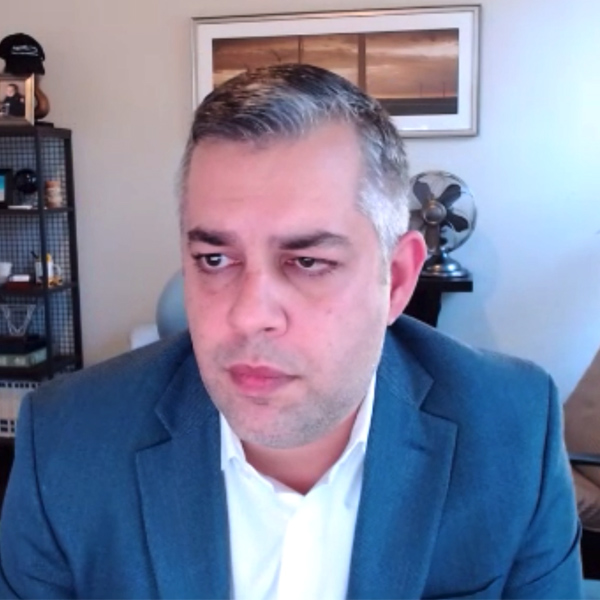The California Air Resources Board last week approved $2.6 billion in incentives for clean cars and trucks, the agency’s largest budget yet for the incentive programs.
The budget includes $2.2 billion for clean trucks, buses and off-road equipment. Another $326 million will go toward incentives for the purchase of clean light-duty vehicles, and $55 million is earmarked for clean mobility projects, such as community shuttles and bike share programs.
Along with the funding package, the CARB board on Thursday approved several changes to the agency’s incentive programs, including the Clean Vehicle Rebate Project, Clean Cars for All, and the Hybrid and Zero-Emission Truck and Bus Voucher Incentive Project.
“These incentives provide important steps to accelerate the transformation of the transportation sector to zero tailpipe emissions, powered by the lowest carbon energy sources,” CARB Executive Officer Steven Cliff said.
Cliff said the incentive programs will complement CARB regulations. Advanced Clean Cars II, which the board approved in August, will require all new cars sold in the state to be zero-emission or plug-in hybrid by 2035. (See Calif. Adopts Rule Banning Gas-powered Car Sales in 2035.)
And Advanced Clean Fleets, which the board is expected to adopt early next year, aims to achieve a zero-emission truck and bus fleet in California by 2045 where feasible and even sooner for vehicles such as last-mile delivery and drayage trucks.
CARB estimates that more than 70% of the $2.6 billion will benefit priority populations, including low-income neighborhoods and areas hit hard by air pollution.
“This is a really historic day,” said CARB board member Diane Takvorian. “The key thing is not the amount of money, although that’s awesome. It’s really because it pulls together so many of the priorities that CARB has been working so hard for, for so long.”
Light-duty Incentives
Electric car sales have grown substantially in California, hitting 1.3 million vehicles at the end of the third quarter of 2022. The EV market share was 17.7% during the first nine months of the year, according to the California Energy Commission’s ZEV dashboard.
But EV prices have skyrocketed, CARB said, averaging $63,821 at the end of 2021 compared to $47,000 for a gasoline-powered car.
“In addition to ongoing supply chain issues, inflation and rising interest rates have made both new and used vehicles more expensive,” CARB said.
As a result, car buyers — especially those with lower incomes — are having a hard time finding an electric vehicle they can afford, even with CARB’s incentives.
CARB’s Funding Plan for Clean Transportation Incentives for fiscal year 2022/23 boosts the rebate amounts for low-income car buyers.
Under the Clean Vehicle Rebate Project (CVRP), rebates for low-income buyers will increase to $7,500 for a fuel cell car (FCEV) or a battery-electric vehicle (BEV), and $6,500 for a plug-in hybrid (PHEV). That compares to current low-income rebates of $7,000 for an FCEV, $4,500 for a BEV and $3,500 for a PHEV.
Car buyers with annual incomes exceeding 400% of the federal poverty level but below the CVRP income cap may be eligible for the program’s standard rebate: $4,500 for an FCEV, $2,000 for a BEV and $1,000 for a PHEV.
Rebates are also increasing in the Clean Cars for All (CC4A) program, which is for low-income drivers scrapping an old vehicle. Participants can receive up to $10,000 for a new or used BEV or FCEV, $9,500 for a plug-in hybrid, or $7,000 for a conventional hybrid. An additional $2,000 will be available for residents of disadvantaged communities who are buying a plug-in hybrid or zero-emission vehicle.
Current incentive amounts under CC4A are up to $9,500 for a new or used BEV, FCEV or PHEV.
Low-income buyers can stack the CVRP and CC4A rebates to receive as much as $19,500 in incentives. A low-interest financing program is also available to low-income drivers, as is a $2,000 prepaid card for public EV charging.
Plug-in hybrids will no longer be eligible for CVRP as of Jan. 1, 2025, and conventional hybrids will lose CC4A eligibility by November 2024.
CC4A is currently available in five of the state’s air districts, but a statewide expansion of the program is underway.
Heavy-duty Incentives
The Hybrid and Zero-Emission Truck and Bus Voucher Incentive Project (HVIP), which CARB considers “the cornerstone of advanced technology heavy-duty incentives,” will receive $1.8 billion in the 2022/23 funding plan.
Of that amount, $157 million is set aside for drayage trucks, $70 million for transit buses, $135 million for zero-emission public school buses, and $1.1 billion for school bus replacement grants to local agencies.
CARB had previously proposed limiting the HVIP incentive to fleets with 100 vehicles or fewer starting in 2023. But the agency decided to postpone the fleet-size restriction until 2024, when fleets with 50 vehicles or fewer will be eligible.
In another new restriction, fleets of more than 500 trucks are required to buy 30 zero-emission vehicles without the HVIP incentive before being eligible for HVIP funds.
“Large purchases of ZEVs encourage manufacturers to scale up their assembly lines and support economies of scale,” CARB said in its funding plan.
The CARB board heard from several members of the public who are opposed to the fleet-size limit for HVIP.
“Large fleets play a pivotal role in proving out new technologies and driving scale, while small fleets rely on purchasing these trucks from large fleets,” said Madison Vander Klay, a senior associate with the Silicon Valley Leadership Group (SVLG).
SVLG also opposes the bulk purchase requirement for fleets larger than 500 trucks, which Vander Klay called “unreasonable.”
CARB staff noted that if smaller fleets aren’t using up all the HVIP funding, money would be released for larger fleets.
HVIP incentives are based on the type of vehicle being purchased. For heavy-duty buses, for example, the incentive ranges from $85,000 to $240,000, depending on the model. Another change to the HVIP program will increase the base incentive for fleets of 10 vehicles or fewer and decrease the incentive for fleets larger than 100 vehicles.
In addition to HVIP, the CARB funding plan allocates money to other heavy-duty vehicle programs, including $273 million for the Clean Off-Road Equipment voucher program (CORE); $60 million for commercial harbor craft pilot projects; and $29 million for truck loan assistance for small businesses.



